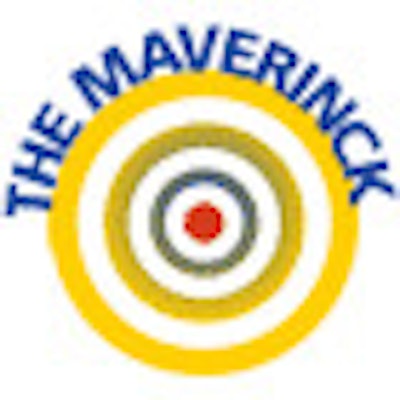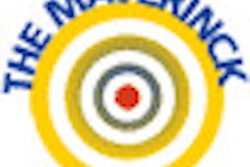
Editor's note: In his regular column, Europe's very own maverick radiologist, Dr. Peter Rinck, addresses the latest controversial topic. Find out now what's on his mind.
There is an ever returning topic in radiology -- radiation risks. I commented on it, and summarized some main factors and scientific contributions years ago.1 Meanwhile, more progress in radiation protection has been made. On the other hand, anything between 16- and 128-slice CT scanners get pushed into radiology departments and private practices, waiting and wanting to be used to irradiate patients (as well as technicians and physicians). There are red stickers on the wooden crates when they are delivered: "Handle with care."
A diagnostic workup for a wide range of indications by CT was discussed in lectures at this year's European Congress of Radiology (ECR) -- and promised to be the most cost-effective technique, superior to other protocols. Not all speakers mentioned possible side effects, some did.
 |
| Peter Rinck, MD, PhD, Maître de Conférence and visiting professor of medical imaging at the University of Mons, Belgium. |
At a Special Focus Session, Dr. Reto Meuli from the University Hospital in Lausanne, Switzerland, talked about "Brain perfusion made easy: CT/MR?" and stressed: "For the CT methods, concern regarding x-ray doses delivered to the patients needs to be addressed."
A recently published study from Montreal addresses what these concerns are.2 The authors went through a group of 82,861 patients who suffered from acute myocardial infarction between 1996 and 2006. Seventy-seven percent underwent at least one cardiac diagnostic imaging or therapeutic procedure involving low-dose ionizing radiation in the first year after their cardiac accident. Over a mean follow-up period of five years, 12,020 patients were diagnosed with cancer. The authors showed a dose-dependent relation between exposure to radiation from cardiac procedures and subsequent risk of cancer. For every 10 mSv of low-dose ionizing radiation, there was a 3% increase in the risk of sex- and age-adjusted cancer. Two-thirds of these cancers occurred in the abdomen, pelvis, or thorax.
"These results call into question whether our current enthusiasm for imaging and therapeutic procedures after acute myocardial infarction should be tempered," the authors concluded.
By the way, the authors said the level of exposure to radiation was higher in patients treated by a cardiologist as opposed to a general practitioner.
A second paper goes hand-in-hand with the Canadian results. Researchers from Berlin compared cardiac 64-slice CT and 32-channel MRI angiography at 3.0-tesla in 110 patients, using conventional coronary angiography as the gold standard. The results in both CT and MRI were similar. The Berlin researchers concluded: "However, CT angiography shows a trend toward higher diagnostic performance."
Performance is not everything, in particular if performance might be deadly.
In a former column, I referred to an article published in the New England Journal of Medicine. The paper discussed the growth in the use of CT and the increase in patient radiation exposure. It claimed CT scanning could be responsible for as many as 2% of all cancers diagnosed in the U.S. over the next 20 to 30 years.3,4,5
Perhaps the red stickers from the delivery crates should be reglued directly on the CT equipment: "Handle with care."
References
1. Rinck PA. Are radiologists guilty of killing their patients? http://rinckside.org/Rinckside Columns/2004 04 Are radiologists guilty of killing their patients.htm.
2. Eisenberg MJ, Afilalo J, Lawler PR, Abrahamowicz M, Richard H, Pilote L. Cancer risk related to low-dose ionizing radiation from cardiac imaging in patients after acute myocardial infarction. Can Med Assoc J. Feb 2011. http://www.cmaj.ca/cgi/rapidpdf/cmaj.100463v1.
3. Hamdan A, Asbach P, Wellnhofer E, et al. A prospective study for comparison of MR and CT imaging for detection of coronary artery stenosis. J Am Coll Cardiol Img. 2011;4(1):50-61.
4. Brenner DJ, Hall EJ. Computed tomography – an increasing source of radiation exposure. NEJM 2007; 357(22):2277-2284.
5. Rinck PA. If it moves, radiologists want to screen it. http://rinckside.org/Rinckside Columns/2008 04 If it moves radiologists will want to screen it.htm.
The comments and observations expressed herein do not necessarily reflect the opinions of AuntMinnieEurope.com, nor should they be construed as an endorsement or admonishment of any particular vendor, analyst, industry consultant, or consulting group.



















